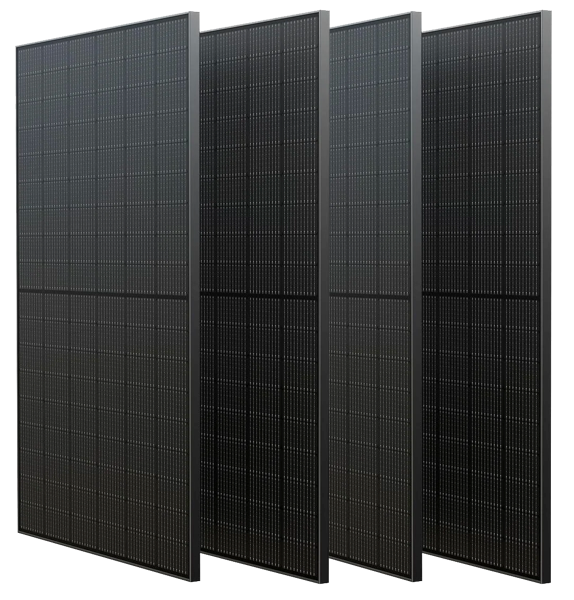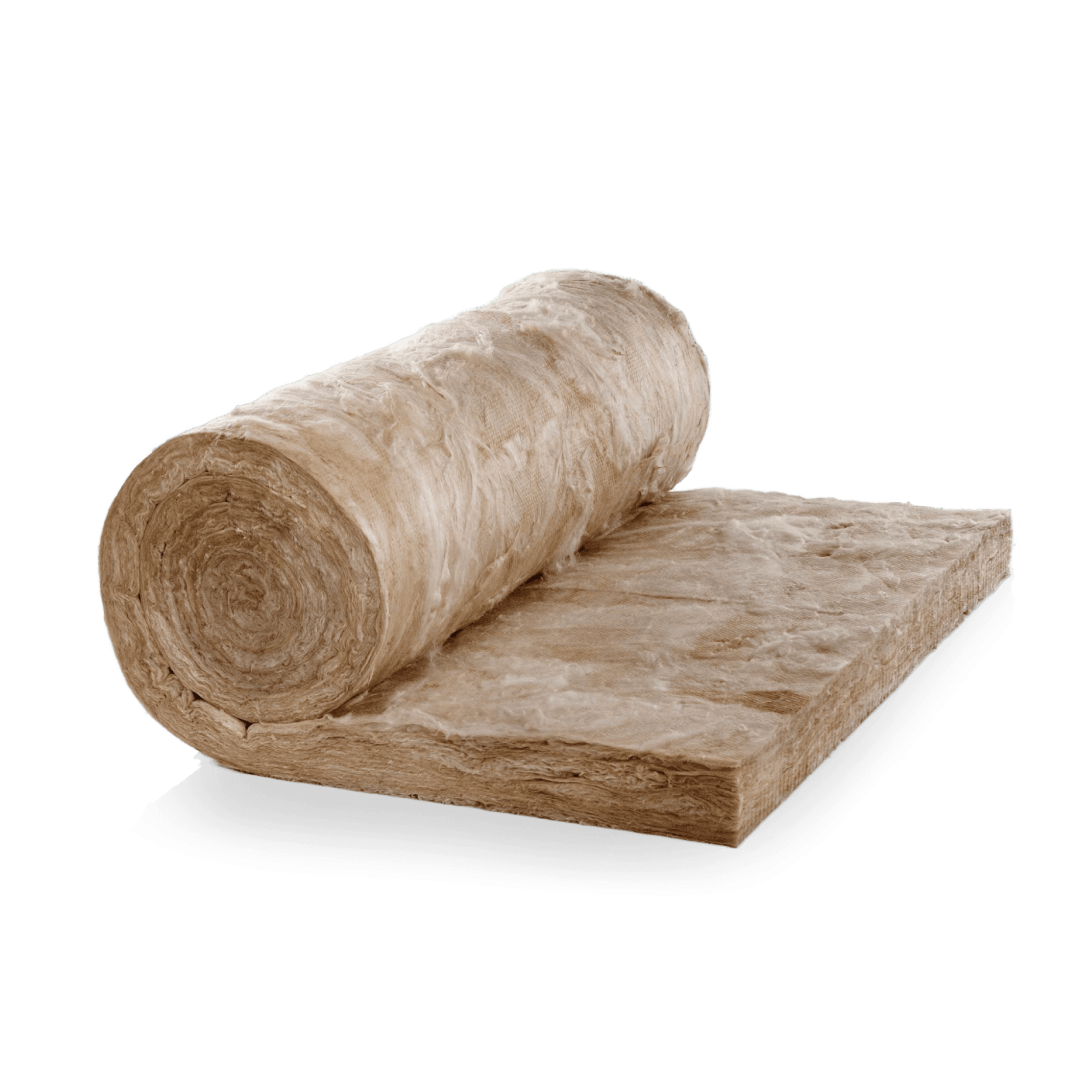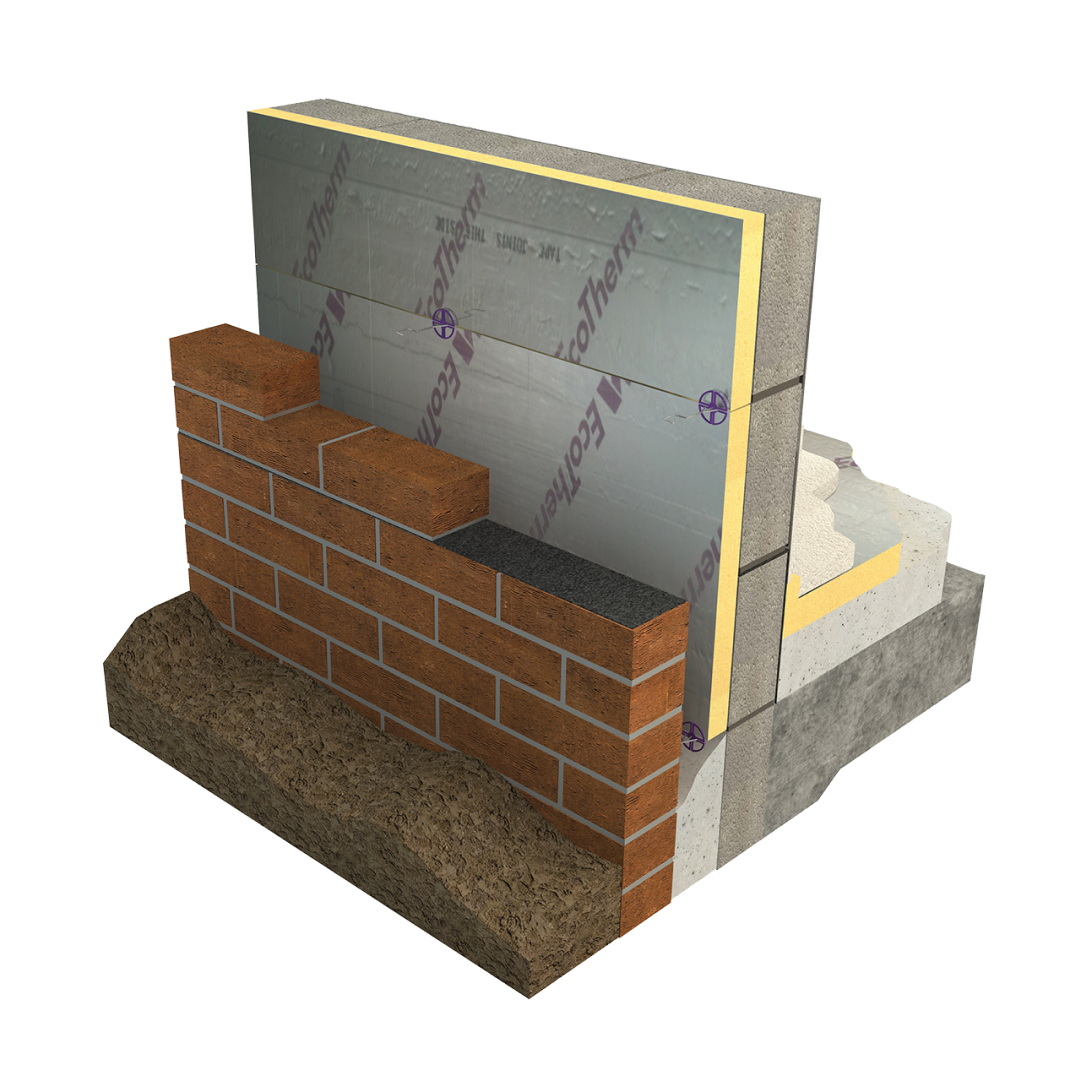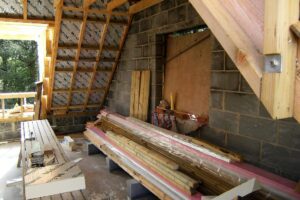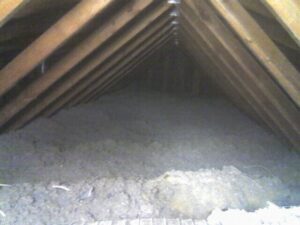When it comes to choosing the best loft insulation you have to be aware of why you’re installing the insulation to begin with. If you are installing your insulation in a loft that doubles up as a living area, then you’ll want to make sure you choose an insulation method and material that will allow for that. If a loft is only being used for storage, then you’ll have more options open to you, but considering these options carefully will be the key to making the right decision that’s best for your home.
Below we’ll explore why adding insulation to your loft is a good idea, we’ll look at some of the benefits, methods, and materials, and talk about how you can make the best decision for you.
Why Should I Add Insulation To My Loft Space?
Did you know that your house can suffer up to 25% heat loss through an uninsulated roof space? With rising heat, if you fail to install loft insulation in your property, there is no way to stop heat escaping. By installing loft insulation, you can stop this from happening and also open your household up to a raft of benefits.
However, one key consideration that must be taken into account is the type of roof structure your property has. In houses where there are plenty of awkward spaces, or if you have a flat roof, insulation may be harder to install or you might not be able to install as much insulation. This would have a significant impact on the benefits your household could receive.
Benefits Of Insulating Your Loft Space
Slash Your Energy Bills
One of the biggest benefits of installing loft insulation is the potential reduction you will see in your heating bills. By installing insulation, you will not be as reliant on your central heating system to heat your home, as your property will be able to retain heat so much better. Therefore you may find that you need to turn your boiler on less and less, saving more and more.
Minimise Your Carbon Footprint
If you are becoming less reliant on your central heating system, not only will you see a reduction in your energy bills but also your carbon footprint. Most homes throughout the UK are powered and heated using the National Grid which in turn is powered through the burning of fossil fuels. By using your boiler less, you will be doing your bit in the fight against climate change.
Make Your House More Comfortable To Live In
As we have previously mentioned, an insulated loft will experience a lower degree of heat loss. This is because insulation aims to minimise air circulation and lower the chances of cold air penetrating your home. Another key benefit of this is that you will no longer experience a draughty loft, which will make your living space much more comfortable to live in.
Noise Cancelling Benefits
An added benefit of insulation of any type is that it can seriously reduce the amount of sound you hear in other parts of your home. Of course, if you aren’t regularly using your loft space as an additional living space or sleeping area, then you might not see the benefits of this, but if you do, then loft insulation between the floor level of your loft and the ceiling below can help reduce sound travel, making your home a more peaceful place.
Reduce The Risk Of Condensation
When installed correctly, loft insulation can seriously reduce the risk of condensation in your loft. Since insulation will help regulate the heat in your home more, the chances of dampness and condensation issues occurring are reduced. However, there’s a caveat to this. Improperly installed loft insulation can actually lead to an increased likelihood of condensation and damp issues, so always ensure you work with professional insulation experts, like ours at Effective Home.
Loft Insulation Provides Longevity
Another brilliant aspect of loft insulation is that it’s a long-lasting energy efficiency measure. For many households, properly installed insulation in your loft can last a lifetime, but minimally it should last for at least 25 years. That’s why at Effective Home our loft insulation installations come with a guarantee of 25 years as standard, helping you save big on your energy bills during that time.
Types Of Loft Insulation
When it comes to the best loft insulation you need to consider the different types and the benefits they can bring to your home. What’s suitable for one home might not be suitable for another, so the best loft insulation often comes down to the loft insulation materials and types that are best suited to your home.
Below we’ll explore different types of loft insulation so you can understand their key benefits and where they’re typically best suited, so you can decide which type is best for you and your circumstances.
Blanket Loft Insulation
Blanket loft insulation materials are often some of the easiest insulation to install. They come in blankets, as the name suggests, and are designed to be laid beneath the floor joists of your loft. Blanket insulation comes in a range of different materials and can include:
- glass mineral wool insulation
- sheep’s wool insulation
- rock fibre insulation
And a range of other, rather environmentally friendly options.
The key benefits of this type of loft insulation are that they’re often some of the cheapest insulation measures available, they deliver fantastic energy efficiency, and they’re incredibly quick and easy to install, so offer the least disruption to your home when installation is taking place.
It’s important to note, however, that this type of insulation is only suitable for installing below the floor joists of your loft – you can’t install them on your roof rafters as they will become damp, causing issues for your loft and reducing the insulation’s effectiveness.
Spray Foam Insulation
Spray foam loft insulation, also known as spray polyurethane foam or simply SPF, is another option some people choose when insulating their lofts. Typically this insulation type can be installed on the roof rafters or floor joists, and it comes in two main types:
- Open-cell spray foam
- closed cell spray foam
Both are excellent options, but closed-cell foam tends to have better insulating properties, but also comes at a higher price.
The main reason individuals might opt for spray foam insulation in their loft is that it often requires less space than traditional methods to achieve the same level of insulation as the compact foam can insulate more effectively for less. For reference, 100mm of spray foam can achieve similar levels of insulation to 170mm of mineral wool insulation.
However, there are certain drawbacks associated with this insulation that you must be aware of before opting for it.
For one, not all properties are suitable for it, and this insulation type is incredibly difficult to remove once installed because the soft foam sets hard, and removing it can be a costly and lengthy procedure.
Another important thing to note is that spray foam in lofts has been associated with causing dampness, condensation, and in some cases structural issues. This all serves to lower the property value of the home where it’s installed. Whilst this is being investigated more thoroughly, it’s still a very real concern for homeowners and something you ought to take into consideration.
Blown Fibre Insulation
Blown fibre insulation is a method of loft insulation that blows different fibres and materials into the gap between your floor joists. Often these fibres are recycled materials with natural insulating properties, and can include materials like:
- paper
- mineral fibre wool
- fibreglass wool
And a range of other materials.
The main benefits here are that the insulation itself is incredibly environmentally friendly and thermally efficient, the installation method is often quick, and it’s able to be installed in hard-to-reach areas. Although it does require specialist equipment to ensure it is installed correctly.
And therein lies the main issue with blown fibre insulation – it often is more expensive to install due to the specialist installation. Away from that, blown fibre doesn’t offer a complete insulating solution as it can only be installed at the joists, and this leaves you with a cold loft space that can often be draughty, so whilst it’s ideal for a loft being used for storage only, it can’t help you if you use your loft as an additional living space.
Insulation Boards
Loft insulation boards are excellent when you are looking for insulation that can be used with your roof rafters (perfect for those using their loft spaces day to day). Rigid insulation boards can be secured to your rafters offering sheet insulation that packs a punch.
The main benefit of insulation boards is that they’re often made up of lightweight materials that are incredibly easy to secure into place for professionals, and they offer excellent thermal efficiency. They also don’t require any maintenance once installed and they achieve similar insulating results to other forms of insulation, for less space.
The only main concern for insulation boards is that they tend to make a bit of a mess when being installed, so if you’re thinking of converting your loft into a living space, then you ought to have the insulation boards installed early on. If you’ve already converted your loft, then you’ll need to think carefully about how practical this option is for you.
Loose-Fill Insulation
Loose-fill insulation is another option for those looking to insulate their loft space, but specifically for storage, as this, again, can only be used between the floor joists of your loft space. Loose-fill insulation can be made from a variety of materials again:
- mineral wool
- cork granules
- loose newspaper
- cellulose fibre
And other options.
The main benefit of loose-fill is that it’s easy to install, but it’s also cheap and can be installed quickly. It’s also a great option to keep costs down if you already have loft insulation but it needs topping up to a higher level to better insulate your loft because loose-fill insulation can be used as both a top-up measure and a complete measure in its own right.
However, it’s important to remember that loose fill is exactly as it sounds – it’s placed loosely in the floor joists, meaning it can be a bit messy if not properly concealed away.
Insulating Loft Joists Versus Loft Rafters
Above we talked a lot about different insulation types and where they could be installed, and a huge part of that was whether the loft/roof space being insulated would need to be insulated at the joists or the rafters.
Insulating the joists means the insulation material is installed beneath the loft floor, and insulating the rafters means the roof area is where the insulation is installed, and this creates two different types of lofts for two different living situations.
Cold Loft Space
The first is a cold loft space. When insulating the loft floor or the joists, the insulation material is installed between the floor joists and will help keep heat in the home below, but it won’t make your loft space any warmer.
This is an excellent option if you’re only using your loft for extra storage, as you won’t need a warm loft, but if you plan on using your loft for other reasons, then you’ll need to consider the second option.
Warm Loft Space
Warm loft insulation essentially is where you insulate the rafters of your loft to make your loft a warmer space to enjoy. This is perfect for when you’re planning on actually using your loft as an additional living area in your home.
What Is The Required Depth Of Loft Insulation?
When it comes to loft insulation it’s all about making sure you have enough insulation to see the benefits you’re expecting.
As a general guide, for mineral wool and glass wool, since 2003 it’s been recommended that you have at least 270mm of this insulation material in your loft for effective insulation, but different materials can also achieve this level of insulation for less.
Talk with our insulation experts today to find the best insulation solution for your loft.
Best Loft Insulation Summary
There is no single best loft insulation out there for you to choose from. Finding the best loft insulation means you’ll match the insulation method, type, and material to your result (considering warm lofts vs cold lofts as a starting point and working back from there).
If you’re struggling to decide which insulation method is right for your home, then work with Effective Home today. Our experts can talk you through the entire process so you know what to expect at each stage, and they’ll also provide you with a free, no-obligation quote, so why not enquire with us today?






